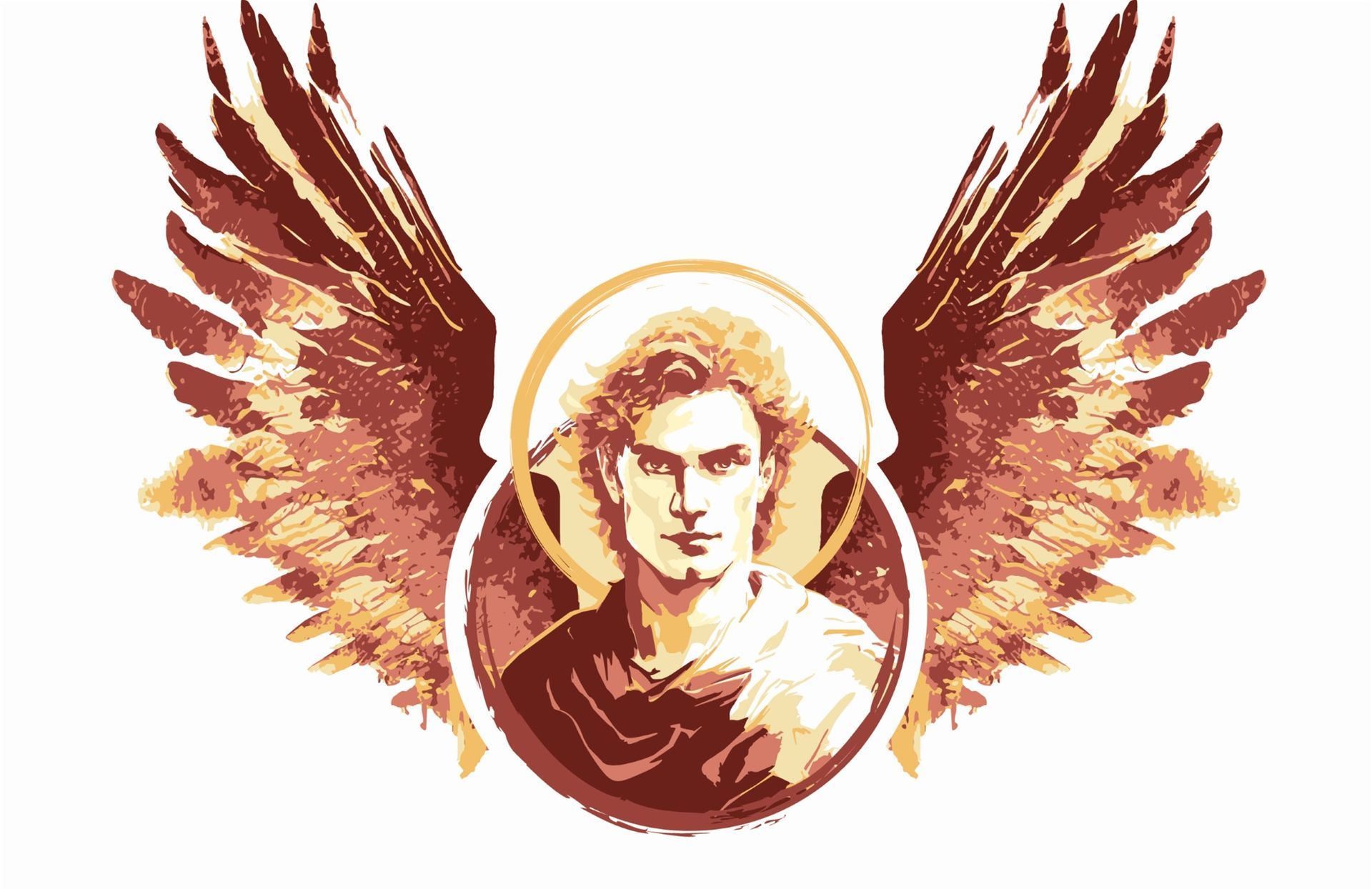Curriculum
St. Peter Early Childhood Center implements the Creative Curriculum®.
The philosophy of The Creative Curriculum® is that young children learn best by doing. The teachers use their knowledge of child development, the knowledge of children’s individual needs, strengths and interests, and the knowledge of the social and cultural context within each child to create purposeful and productive play experiences that help children grow in all areas.
Our center includes a faith based curriculum that provides the opportunity for children to take their first steps on their journey of faith. A Catholic school education goes beyond the core curriculum. Values are reinforced in every classroom, promoting healthy self-esteem, confidence, respect, compassion and thought for others.
The Curriculum Framework is broken down into five components:
1. How children develop and learn: The Curriculum focuses on a child’s physical, cognitive, social/emotional, and language development, as well as highlighting the importance of each individual child’s unique traits and characteristics
2. The Learning Environment: Maintaining high level interest areas, establishing daily routines and structure, offering choice times, small and large group activities, and creating a “classroom community” that helps children to work together with others to get along and solve problems together.
3. What Children Learn: With a focus on state and national standards in math, literacy, science, social studies, the arts, and technology, the Curriculum demonstrates how children learn both content and skills through daily experience and opportunity.
4. The Teacher’s Role: Through careful observation of children, the teacher has the ability to create a variety of teaching strategies to guide all learning opportunities in the classroom.
5. The Family’s Role: The Curriculum highlights the importance of creating a family partnership to support each individual child and family’s needs.
The Curriculum includes 38 research based objectives that inform every aspect of our teaching. These objectives are covered in 10 areas of development and learning.
✓ Social/emotional
✓ Language
✓ Science and Technology
✓ English language Acquisition
✓ Social/emotional
✓ Language
✓ Science and Technology
✓ English language Acquisition
✓ Social/emotional
✓ Language
✓ Science and Technology
✓ English language Acquisition
Learning Environment
Each classroom environment is set up around learning centers:
- Creative Art - The Creative Art Area is a place filled with materials that children can enjoy on a purely sensory level. Here children can create and represent their ideas in a visual form. On a table or the floor, at an easel or a workbench, children draw, paint, knead, cut, glue, and put together unique products of their own choosing. Sometimes they simply explore the materials and enjoy the process. At other times they create designs or make something that represents a real object, place, or living thing. Creative art is another language children use to express what they know and what they feel.
- Library/Writing Center - In the Library Area children develop the motivation and skills necessary to read and write. As they hear stories read aloud every day, look through books on their own, listen to story tapes, recite familiar stories, and make up their own stories, they also have many opportunities to grow in all areas of development.
- Dramatic Play - In the Dramatic Play Area, children break through the restrictions of reality. They pretend to be someone or something different from themselves and make up situations and actions that go along with the role they choose. When children engage in dramatic play they deepen their understanding of the world and develop skills that will serve them throughout their lives.
- Blocks - Blocks naturally appeal to young children because they feel good to the touch, are symmetrical, and invite open-ended explorations. When children construct, create, and represent their experiences with blocks, they grow in each area of development.
- Science/Discovery and Math - The Science Area is a place to find answers to questions. It is a place to spark curiosity and wonder using new and interesting materials. In the Science Area, children can use their senses to touch, feel, taste, smell, and see. They can act on objects and observe what happens next. Teachers help nurture children's curiosity by joining children in the Science Area and posing questions. Children respond by using their thinking skills to investigate and explore. In the Science Area, all areas of development can be enhanced.
- Music and Movement - Music naturally delights and interests children. By including time for music and movement, we provide an outlet for children's high spirits and creative energy. Music and movement experiences help develop both sides of the brain (an important finding in recent brain research) and contribute to children's social/emotional, physical, cognitive, and language development.
- Sand and Water - Play with sand and water involves sensory experiences that appeal to young children. They need little introduction to playing with these materials. While sand and water play can delight the senses, it also can challenge children's minds and promote all areas of development.
*This information was taken from the Creative Curriculum for Preschool, a curriculum program used by St. Peter ECC. Dodge, Diane Trister, Colker, L., and Heroman, C. (2002). The Creative Curriculum for Preschool. Washington, DC: Teaching Strategies, Inc
The activities we plan for children, the way we organize the environment, select toys and materials, plan the daily schedule, and talk with children, are all designed to accomplish the goals of our curriculum and give your child a successful start in school.
Parish Offices
937.898.3542
St. John the Baptist Church
937.667.3419
St. Peter Church
Our Lady of the Rosary Church
Holy Cross Church
937.233.1503











